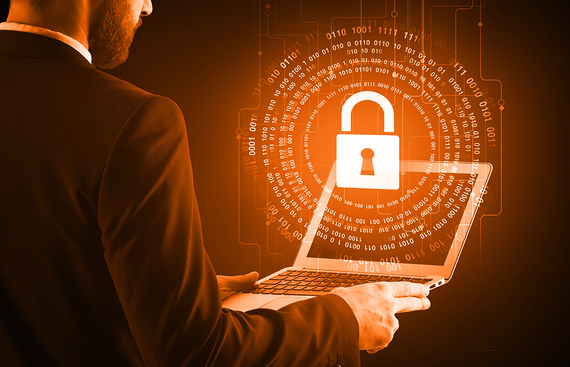Cyber Attacks and its Impact on the Businesses

Lately, cyber-attacks are being intimidating headlines. Be it a closet group hacking computers for fun or the alleged government attempting to acquire the data. According to Barracuda Network's study '2019 Email Security Trends', around 74 percent of organization feels their businesses are hugely affected by the email attacks, while 78 percent of organization says that the breaches costs are increasing. Since last year, nearly 43 percent of organizations have suffered spear phishing. But most of the IT professionals are much confident about their email security systems as compared to previous year.
These attacks are been carried out with the intension to either create a pathway for larger data breaches or a particular email account is being targeted. Among several email attacks, phishing and ransomware are the most prominent attacks among the businesses. In 2018, the financial firms have reported about 93 cyber-attacks, out of which 48 attacks were phishing while 19 were ransomware attacks.
Breaches Costing Moon
In 2017, FBI's IC3 reported 1,783 ransomware attack complaints, which costed victims over $2.3 million; these were the number of complaints reported to IC3 alone. Ransomware cost the businesses about $75 billion per year. In 2015, the telecom giant, Talk Talk had its four percent of customer's personal details hacked and resulted in record fine of £400,000 for security failing. Similarly, Adobe announced that the personal information of nearly 2.9 million accounts was hacked in 2013. Likewise, Sony's play station network was attacked in 2011 and about 77 million user's personal data was leaked, and the hacker's favorite, Yahoo was attacked in 2014 and about 500 million user's details were stolen. In 2016, Uber was attacked, as a result 57 million Uber users and 6, 00,000 driver's personal information was exposed.
These cyber-attacks have severe impacts on the organizations such as loss of employee productivity, downtime & business disruption, losing loyal customers and it even ruins the IT team's reputation in the organization.
Apart from the damages caused to the organization, these cyber-attacks further lead to monetary losses. IBM Security & Ponemon Institute's study Global Overview reports that the global average cost of data breach is $3.86 million as of 2018, which has increased by 6.4 percent from its previous year. While the average cost of the stolen data is $148 per record, which has seen a 4.8 percent hike from 2017. Furthermore, the report also highlights the approximate cost of the data breaches of countries such as US equating to $7.91 million, Canada $4.74 million, and Germany $4.67 million, while countries Brazil and India have the lowest average cost of $1.24 million and $1.77 million respectively. It is further revealed that the average cost to install the security automation is $2.88 million, but without the cyber security solution, the company could risk maximum up to $4.43 million on the breach cost.
Famous Hackers and Phishers
Hackers are categorized into three categories; White hat hackers are the good ones and use hacking to enhance computer security; Grey hat hackers are the ones who hack for fun, but the black hat hackers are malicious. Few famous black hat hackers are Kevin Mitnick who was involved in hacking the US national defense warning systems and stealing corporate secretes, Jonathan James hacked NASA's network and downloaded the source code to understand the working of International Space Station, this act costed NASA about $41,000. Furthermore, Albert Gonzalez was the leader of hacker group ShadowCrew; apart from credit card number theft, ShadowCrew also forged fraudulent passport, health insurance card and birth certificates for identity theft crimes.
Measures to Overcome
Even after tremendous training and warning the employees of all the possibilities of cyber-attacks, it's still evident that many organizations are being prone to such attacks. Three-quarters of the organizations say that their staffs aren't good at spotting the suspicious mails. Thus, the employees should be more focused and get a constant update on the latest threats. Along with this, secured Wi-Fi networks, limiting data access to the employees, maintaining individual user account for employees and regular backup of important information could help in reducing the cyber-attacks any further.
Read More News:
